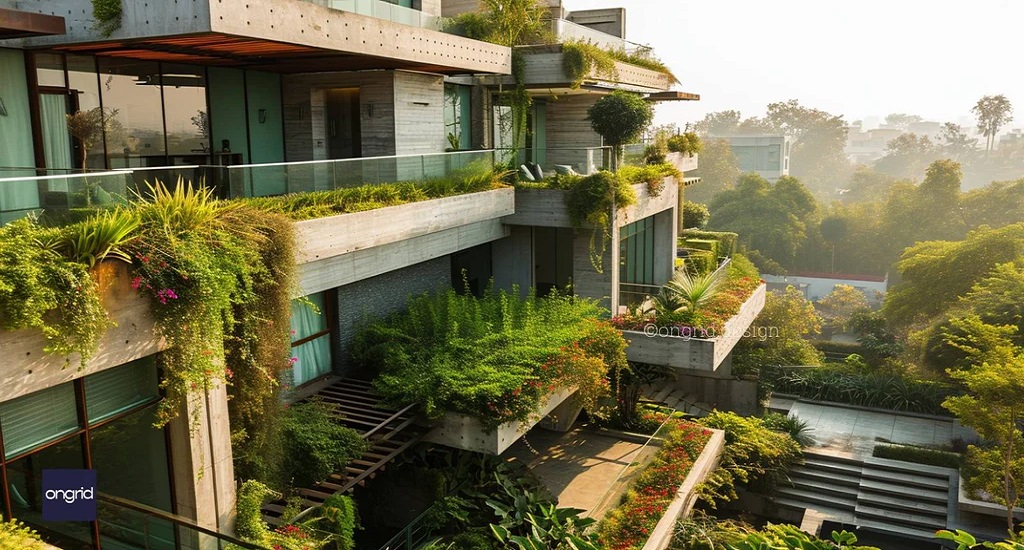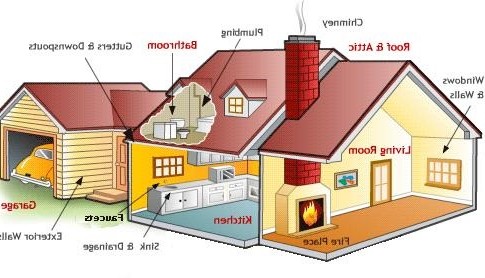Integrating sustainable landscaping techniques into your property elevates your outdoor space aesthetically and positions you as a responsible steward of the environment. It moves beyond ornamental purposes to encompass practices harmonious with the local climate and ecosystem, ultimately contributing to conservation efforts and promoting biodiversity.
A key aspect involves engaging with commercial landscape services that are adept in sustainable practices, ensuring that the initiatives for green space revitalization are professionally addressed and tailored to the area’s specific needs. Solidifying the foundation of sustainable landscaping within your household is a seamless and impactful transition, offering multiplicative benefits. It’s about conserving resources, fostering a healthier environment, and creating a resilient, self-sufficient outdoor space that is surprisingly low maintenance.
This transformative guide aims to shed light on sustainability principles in landscaping, presenting a trail of actionable insights that homeowners can navigate and adopt irrespective of their global locale.
Key Takeaways
- Sustainable landscaping integrates practices that benefit the environment and conserve resources.
- Native plants and biodiversity are crucial to creating an eco-friendly and vibrant garden space.
- Soil health, water conservation, and organic methods are cornerstones of sustainability in landscaping.
- A thoughtfully designed landscape considering the local ecosystem can significantly reduce maintenance needs.
- Utilizing recycled materials and encouraging wildlife habitats are also aspects of sustainable landscaping.
Introduction to Sustainable Landscaping
Sustainable landscaping represents an eco-conscious approach that optimizes the health and productivity of outdoor living areas. This practice prioritizes long-term ecological balance and resource efficiency. The focus is designing landscapes that thrive with minimal, non-invasive care and contribute positively to the local environment. Key benefits include reduced water usage, improved air quality, and enhanced habitat for local fauna.
Planning Your Sustainable Landscape
A thorough site assessment is essential before starting any sustainable landscaping project. This preliminary assessment considers your outdoor space’s unique characteristics, including sun exposure, soil type, and any existing vegetation, to inform a design that respects and takes advantage of these natural elements. Hiring commercial landscape services St Louis MO, can create a plan after this analysis that seamlessly blends your vision with sustainable goals, such as water conservation, habitat development, and energy efficiency, ultimately achieving a beautiful, practical, and gentle landscape on the planet.
Soil Health and Conservation
The vitality of a garden hinges mainly on the health of its soil. A vibrant soil teeming with microorganisms is critical for plant growth and water management. Practices such as composting add valuable nutrients back into the earth, improving its texture and fertility. Mulching conserves moisture, regulates temperature, and deters weeds. Both practices are elementary yet pivotal in creating a sustainable ecosystem in your backyard.
Water-Saving Strategies
In sustainable landscaping, efficient water use is paramount. Adopting xeriscaping principles, including planting drought-resistant species and implementing efficient irrigation systems, can drastically reduce your garden’s thirst. Innovations like rain gardens and swales take advantage of natural rainfall, mitigating the need for supplemental watering, while rain barrels can catch and store rainwater for future use. These strategies save water, reduce utility bills, and lessen the strain on municipal water systems and local watersheds.
Native Plants and Biodiversity
Making your garden native is a revolutionary first step toward a low-maintenance, more sustainable landscape. Such plants adapt to the local environment, requiring little to no irrigation, fertilization, or pesticides. Embracing native species fosters a symbiosis with local wildlife, offering nourishment and habitat. The National Wildlife Federation underscores the importance of biodiversity in landscaping, stressing that a diversified plant palette beautifies your property and strengthens ecosystem resilience.
Organic Gardening Techniques
Organic gardening techniques are fundamental to sustainable landscape management. Prioritizing organic fertilizers and pest control measures over synthetic chemicals ensures that your garden remains a haven for beneficial insects and pollinators. The Rodale Institute champions these methods, emphasizing how organic practices prevent soil degradation, protect water sources, and yield a more vibrant and productive garden.
Lawn Alternatives and Ground Covers
While traditionally popular, conventional grass lawns often demand significant water, fertilizers, and time. Seeking lawn alternatives like low-growing herbs, native grasses, or clover reduces the need for such inputs and provides an aesthetically pleasing tapestry of textures and colors. Ground covers, be it greenery or decorative stones, play a critical role in erosion control and contribute a practical yet beautiful layer to your garden’s structure.
Wildlife Habitat Creation
Creating environments that welcome wildlife adds life and beauty to your garden and encourages ecological balance. Nesting boxes, bird feeders, and native flowering plants draw a variety of species and offer vital functions like pollination and pest control. Introducing a simple water source can also make a significant difference, supplying a habitat for amphibians and birds, further adding to the sustainability and charm of your private sanctuary.
Sustainable Hardscape Materials
Hardscaping, including non-living elements in your landscape, should also reflect a commitment to sustainability. Materials like permeable paving, reclaimed wood, and recycled glass offer opportunities to enhance your garden’s functionality without compromising aesthetics. By choosing local materials, you reduce the carbon footprint associated with transportation and support the local economy—another facet of sustainability.
Maintenance and Upkeep
Maintaining a sustainable landscape is an ongoing commitment that requires considering all the factors affecting your outdoor space throughout the changing seasons. It involves employing practices such as seasonal pruning, strategic planting, and natural pest control methods, ensuring your garden remains an eco-friendly, flourishing haven. Proper care and regular observations enable you to anticipate and address potential issues early, reducing the need for drastic interventions and maintaining the natural balance of your oasis.





